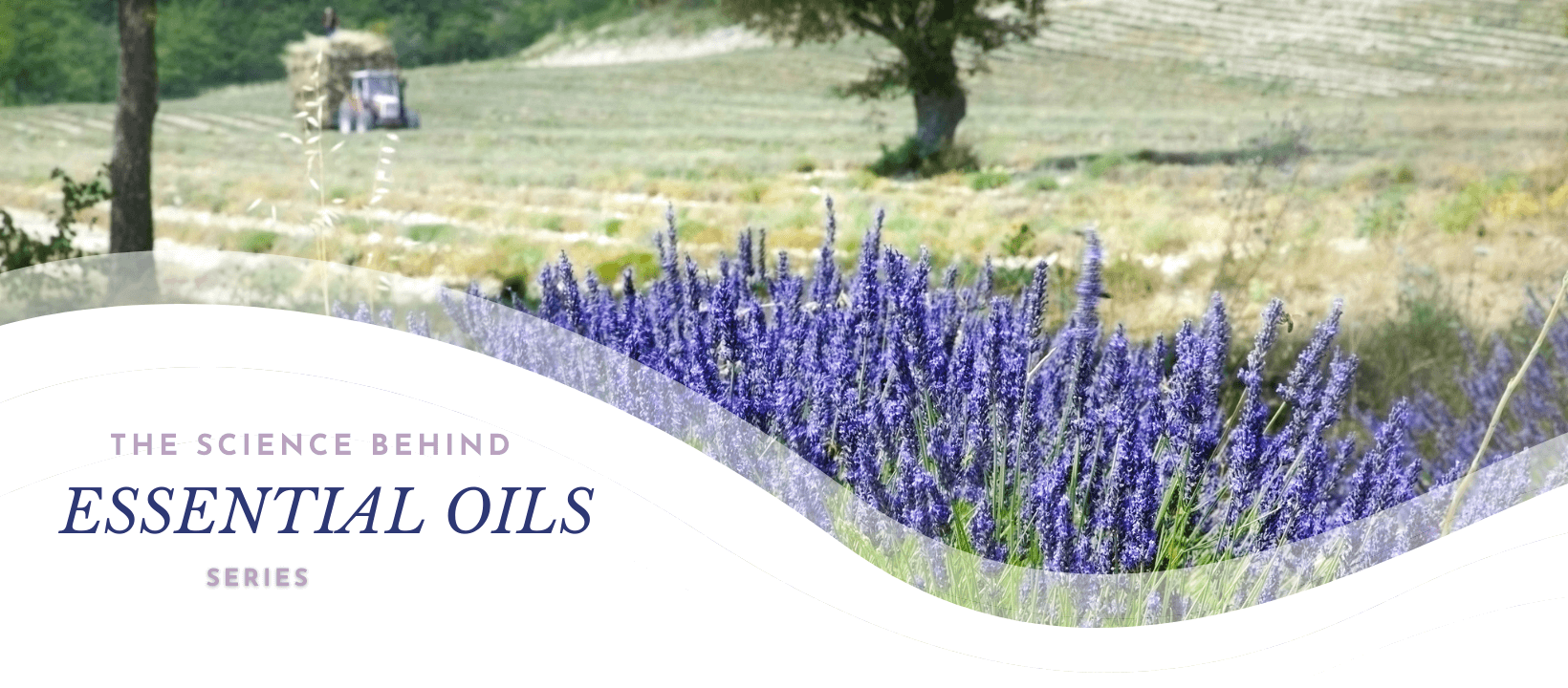
Essential oils have captivated human civilization for centuries, offering a natural alternative to synthetic products in medicine, cosmetics, and food preservation. This comprehensive review explores the powerful bioactive properties of essential oils, their chemical makeup, and their diverse applications across industries. Whether you're intrigued by their ability to fight bacteria, fungus, virus and their antioxidant properties, —or simply want to understand how these aromatic plant extracts can enhance your well-being—this paper provides a deep dive into the science behind essential oils.Click here for full Paper
Key Highlights You Should Look For:
- Bioactivity & Health Benefits
- How essential oils combat bacteria, fungi, and viruses.
- Their role in anti-inflammatory and antioxidant defense mechanisms.
- Their potential in therapeutic applications, including stress relief, skincare, and respiratory health.
- Extraction Methods
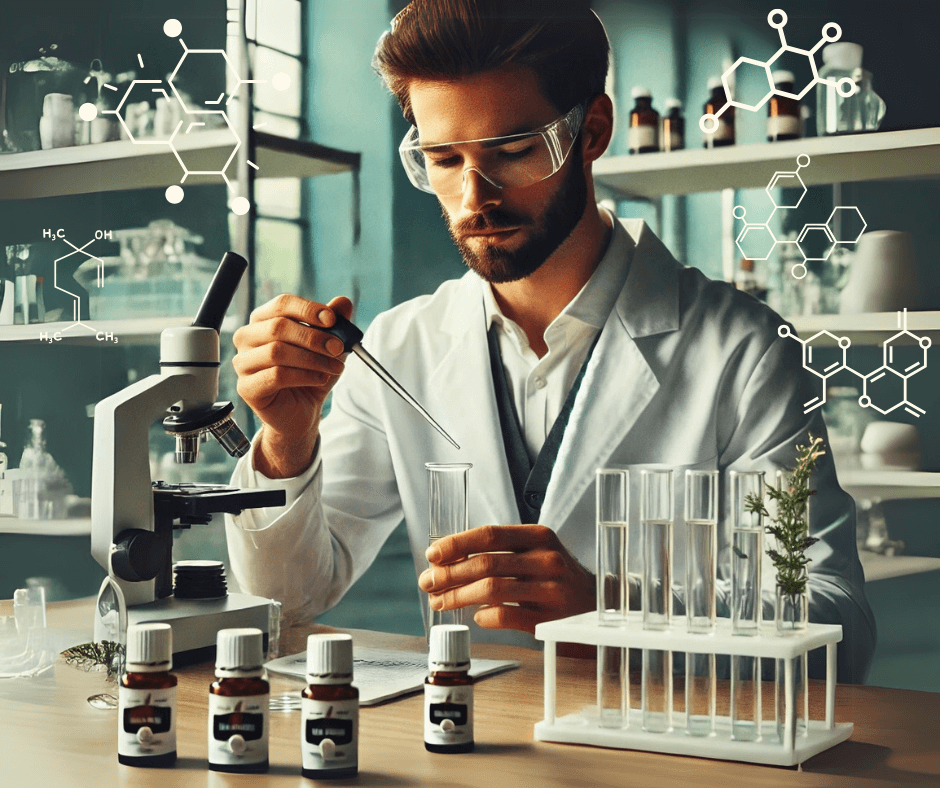
- Discover the different ways essential oils are extracted (steam distillation, cold pressing, solvent extraction, etc.) and how each method impacts purity and potency.
- Industrial & Commercial Uses
- Learn how essential oils are utilized in the cosmetic, pharmaceutical, and food industries.
- Their emerging role in food preservation and natural antimicrobial packaging.
- Chemical Composition & Classification
- A breakdown of the diverse compounds found in essential oils and their specific effects on health and wellness.
This paper is a must-read for anyone passionate about harnessing the power of essential oils, whether for personal use or professional applications. If you want to understand why these natural extracts have stood the test of time and how they continue to revolutionize holistic health and industry practices, dive into this compelling review!
So what does this mean to those of us who understand that quality means EVERYTHING when it comes to essential oils. Well, let's dive a little bit more into Extraction Methods. Many people think that as long as the plant material is "organic" and grow correctly, then purity isn't an issue!
They couldn't be more wrong!!
Essential oil quality is truly a result of EVERY step of the process. From before the seed goes into the ground, to the time it is bottled and labeled, every step is critical. If any step in this process is "cheated", then the quality of the essential oil will actually be jeopardy. Let's take a moment to look at the different extraction methods. Some of these are used by Young Living, and some are not. Can you tell which ones are?
Extraction Methods of Essential Oils: How They Impact Purity & Potency
The method used to extract essential oils is critical in determining their quality, purity, and therapeutic value. Different plants require specific extraction techniques to yield the highest concentration of bioactive compounds without degradation. Below are the primary methods discussed in the paper:
1. Steam Distillation (Most Common)
- Process: Plant material is placed in a chamber where steam passes through it, causing the essential oil to vaporize. The vapor is then condensed and separated from the water.
- Pros: Preserves the integrity of the oil, widely used for aromatic and medicinal plants.
- Cons: High temperatures may alter or degrade some delicate compounds.
2. Water Distillation (Hydrodistillation)
- Process: Plant material is fully submerged in boiling water, and the oil is extracted as steam rises and condenses.
- Pros: Suitable for delicate flowers and plant materials that might be damaged by direct steam exposure.
- Cons: Can lead to a slightly altered fragrance profile due to prolonged exposure to heat.
3. Cold-Press Extraction (Common for Citrus Oils)
- Process: Mechanical pressure is applied to citrus peels (such as lemon, orange, and bergamot) to rupture oil sacs and release the oil.
- Pros: No heat is used, preserving the oil’s full aromatic profile.
- Cons: Less efficient, primarily used for citrus oils.
4. Solvent Extraction (For Delicate Flowers)
- Process: Solvents (like hexane or ethanol) dissolve essential oils from plant material, creating a waxy substance called "concrete," which is then further refined into "absolute" oil.
- Pros: Ideal for flowers like jasmine and rose, which are too delicate for steam distillation.
- Cons: Some solvent residues may remain in the final product, making it less desirable for therapeutic use.
5. Supercritical CO₂ Extraction (High-Tech & Cleanest)
- Process: Carbon dioxide is pressurized into a liquid state and used as a solvent to extract the oil, then evaporated to leave behind pure essential oil.
- Pros: Maintains the oil’s full chemical profile, no solvent residues, considered the purest extraction method.
- Cons: Expensive and requires specialized equipment.
6. Enfleurage (Ancient but Rarely Used)
- Process: Flowers are placed in a layer of fat, which absorbs the essential oils over time. The fat is then washed with alcohol to extract the oil.
- Pros: Preserves delicate floral aromas like jasmine and tuberose.
- Cons: Time-consuming and costly, rarely used commercially today.
7. Microwave-Assisted Distillation (Modern & Fast)
- Process: Microwaves heat the plant material quickly, releasing essential oils into a condenser.
- Pros: Faster and more energy-efficient than traditional methods. ( many commercial companies use this method to get cheap oils, and in the process kill many constituents!)
- Cons: Still being studied for long-term quality effects.
☝️NOTE!! Young Living Essential Oils NEVER Microwaves their oils!! This is the LOWEST cost and the worst essential oil quality.☝️
Impact on Essential Oil Purity & Potency
- Heat-sensitive compounds may degrade in steam and water distillation but are preserved in cold-press or CO₂ extraction.
- Solvent extraction yields highly fragrant oils but may leave behind trace residues.
- Supercritical CO₂ extraction offers the highest purity and potency but is costly.
- Cold pressing is excellent for citrus oils but not suitable for most plants.
Understanding extraction methods is essential for choosing the highest-quality essential oils for therapeutic, cosmetic, or industrial use. If purity and potency matter to you, this section of the paper is a must-read!


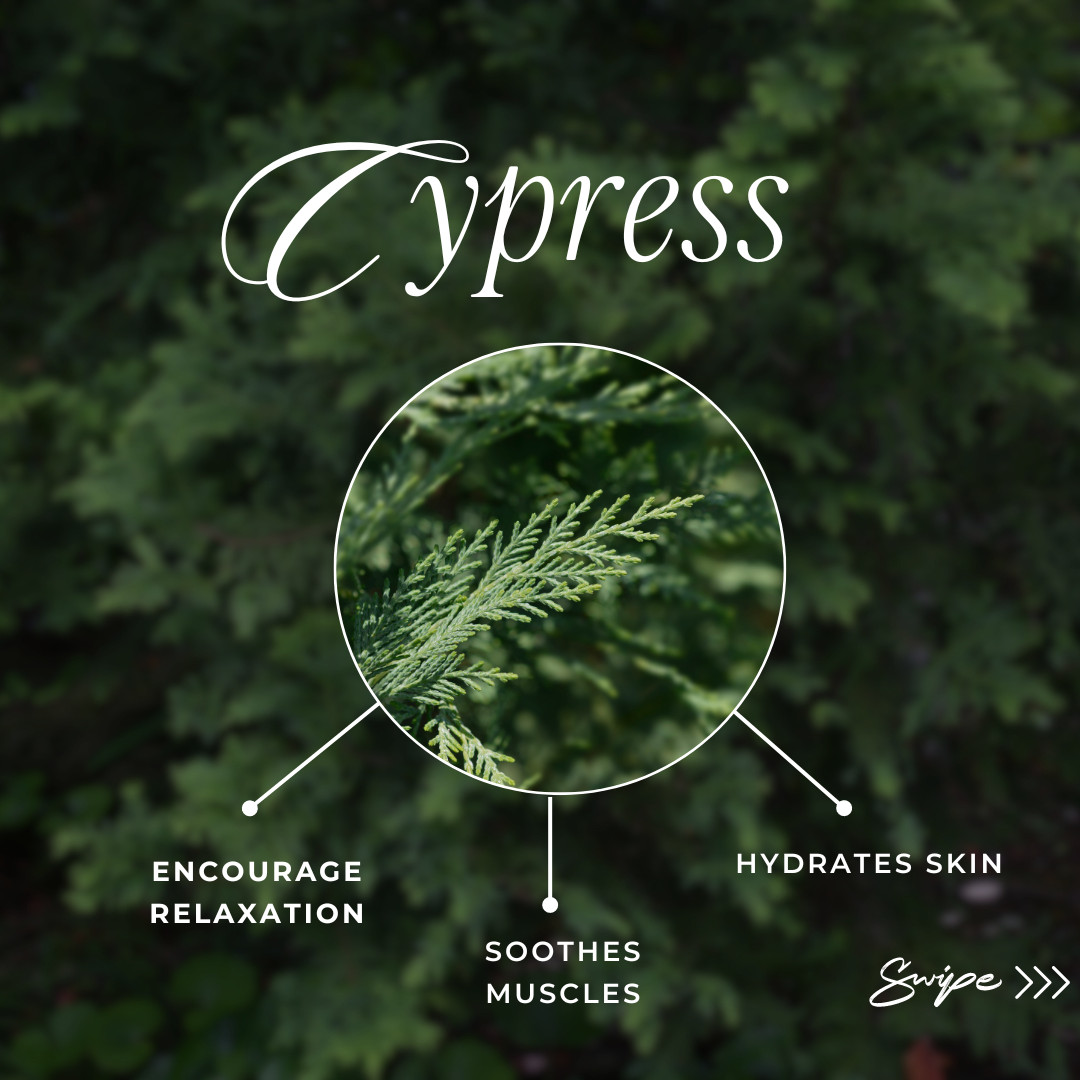
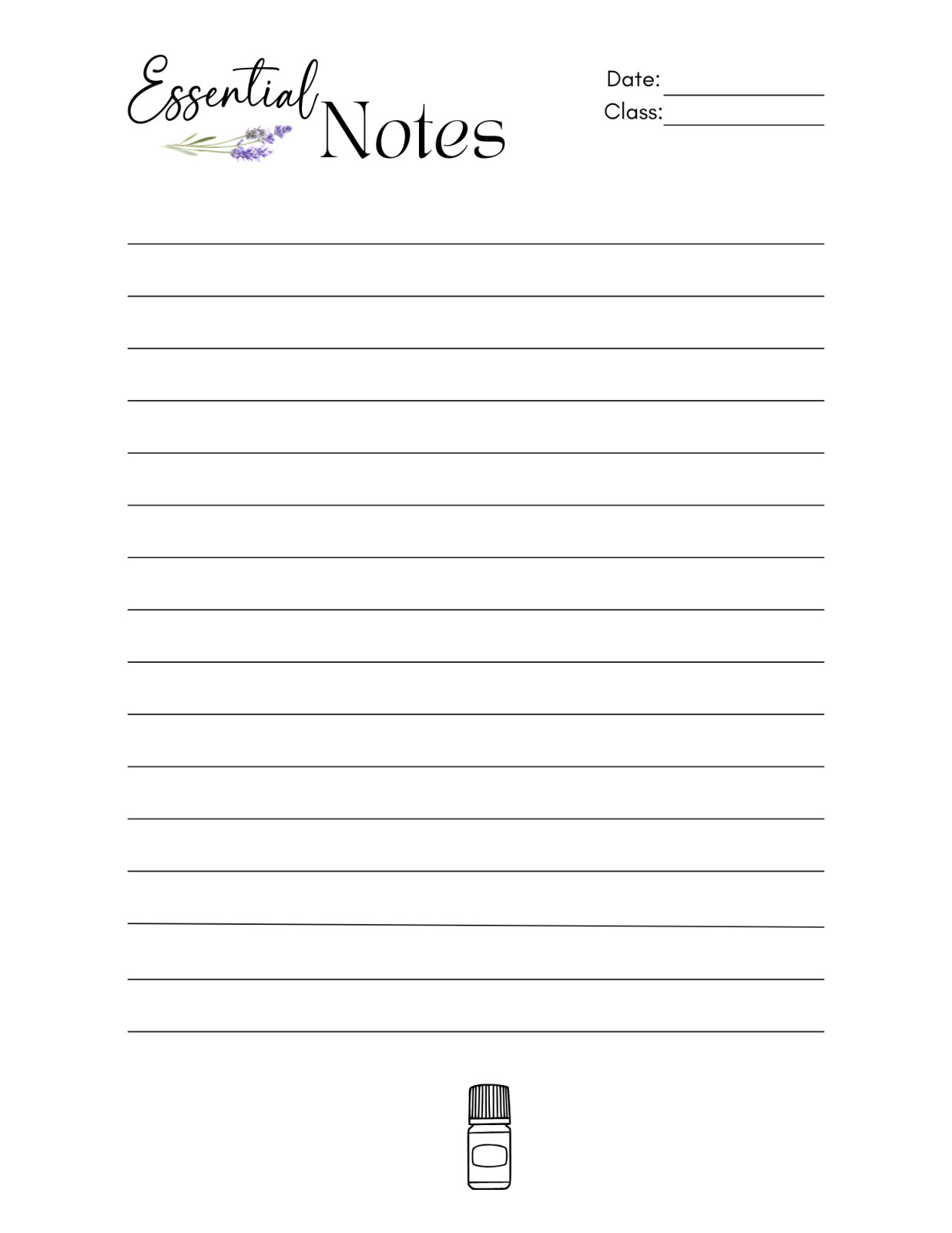
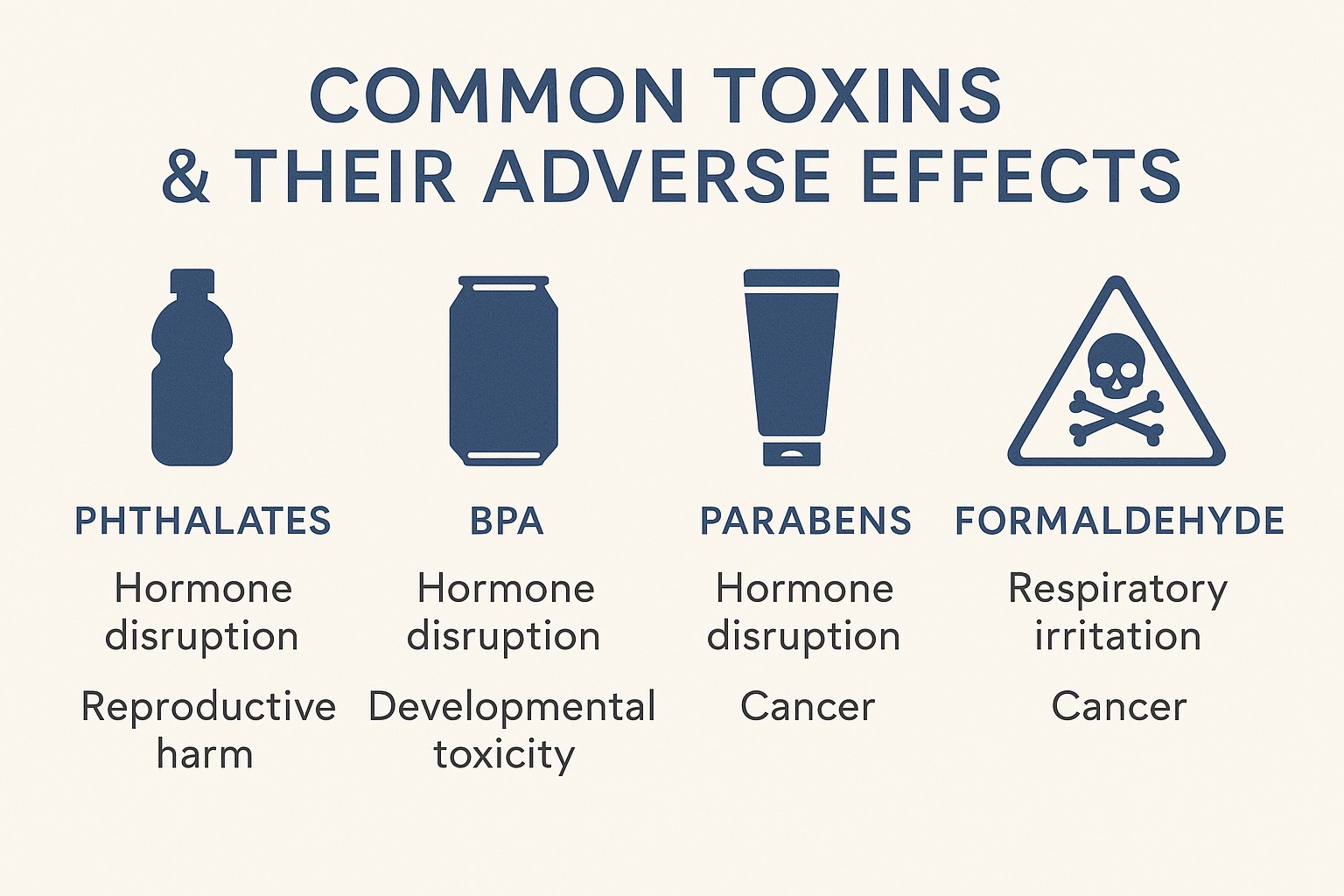
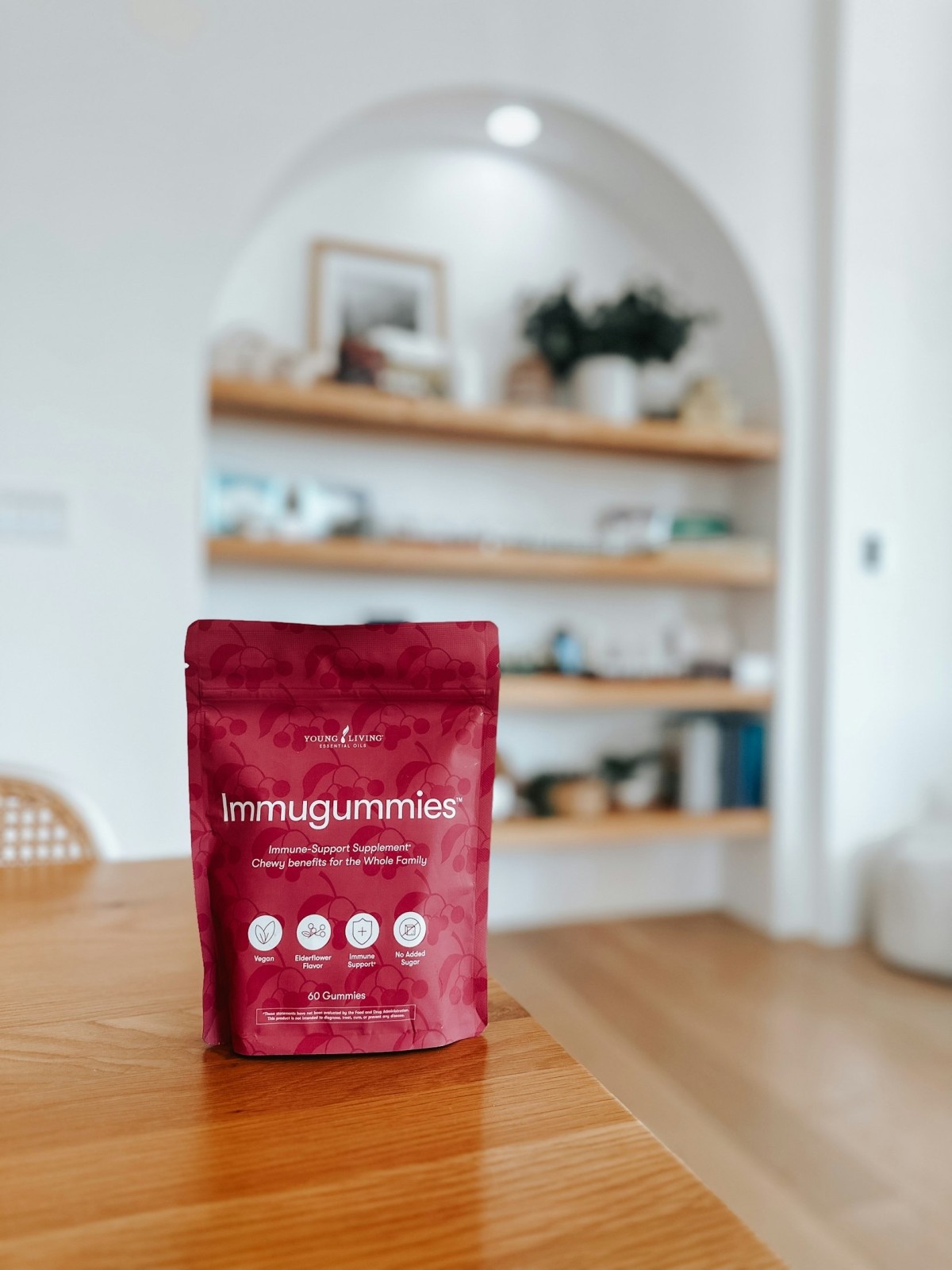
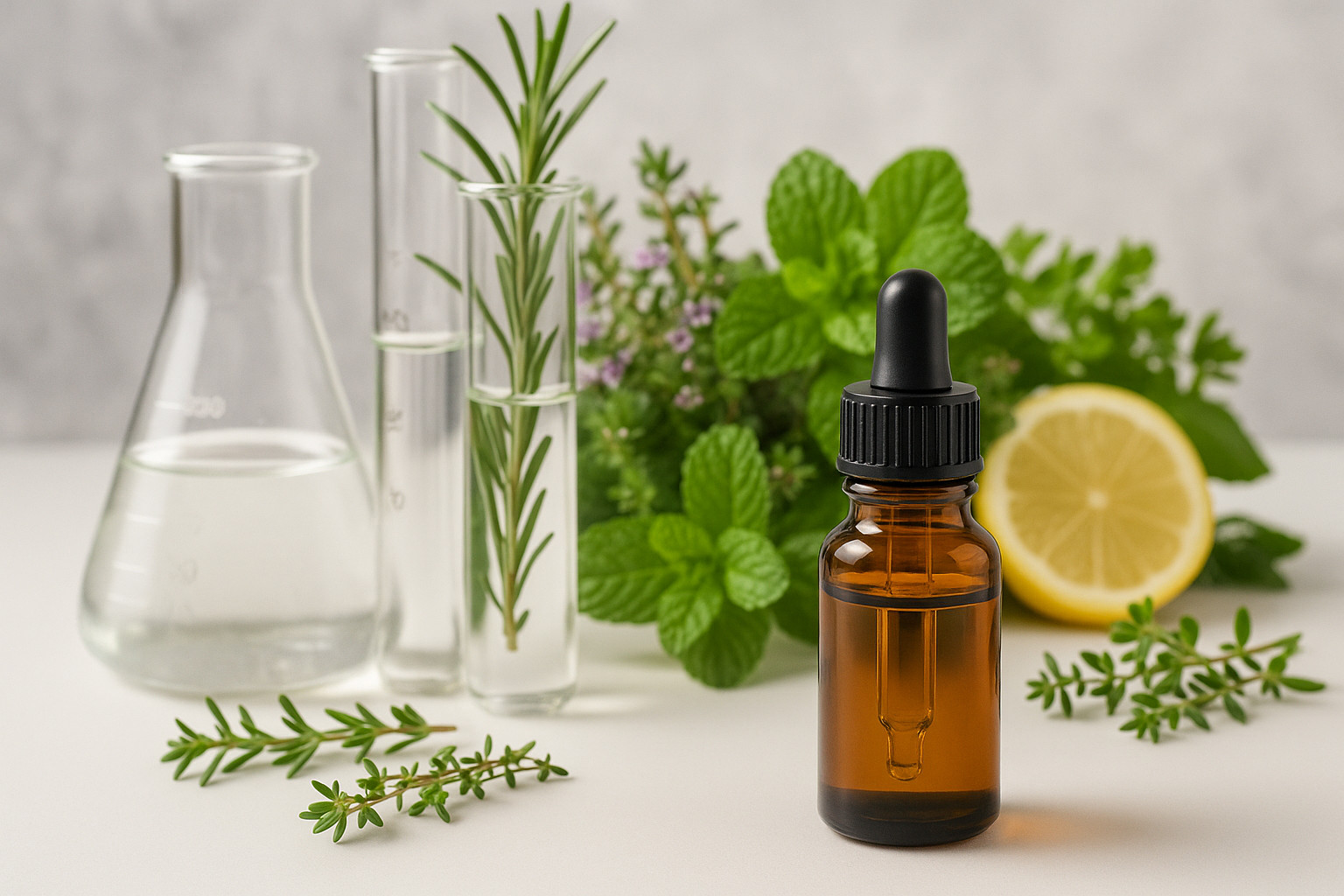

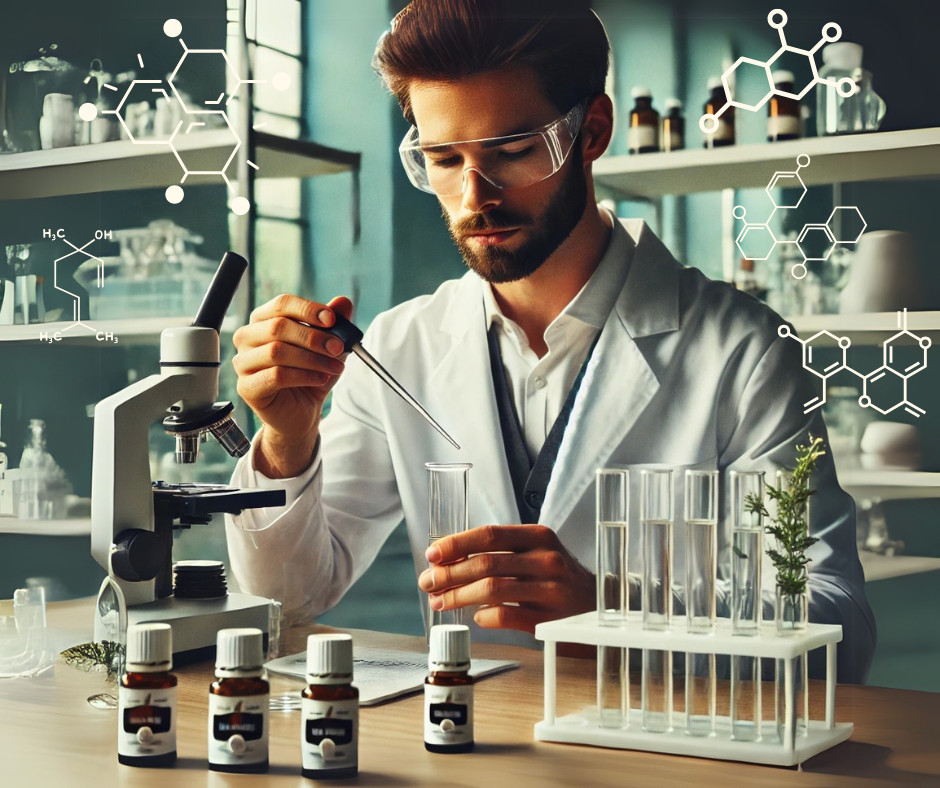

0 Comments